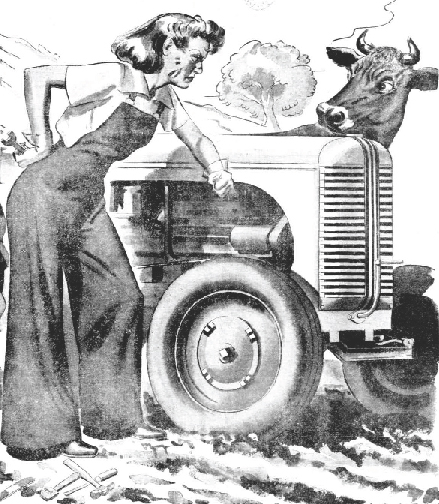
Welcome to the Stripped Classical, our favourite architectural style named after our favourite way of not wearing clothing. You are certainly familiar with Newspaper House on St George’s Terrace, but probably only because it now leads to a range of different drinking establishments behind. But before you drop into Print Hall for a glass of Shiraz, take a moment to study the façade.
If the building looks almost perfectly proportioned, that’s because it is. Designed by warrior-architect J. J. Talbot Hobbs and opened in 1933, every ratio, every line, every window is exactly (and we mean exactly) according to the rules laid down by architects from the Renaissance onwards. To see what we mean, look at the building below.

This is the Deutsche Bank building in Bremen, Germany, which was finished in 1891 and is designed in the Historicist Style. It obviously has many more pretty bits than Newspaper House, but if you were to overlay a picture of Perth’s building onto the German one every column and window and floor would line up perfectly. Talbot Hobbs did not copy this building, he just used the same mathematical rules as the German architects.
But where are all the famous columns, entablatures and architraves (and other technical words it is necessary to know to convince people you are a real architectural historian) that we associate with classical architecture? They are simply missing. Well, except for two Ionic columns we will return to later.
Stripped Classicism is a response to two things: Modernism and the Great Depression. Modernists were obsessed with getting rid of all the decorative elements on a building, and façades should only reflect exactly the function of the rooms behind them. No ornament, no trimmings, no colours, just arrangements of spaces. A mechanised architecture for an increasingly industrialised society. And, yes, Modernists thought this was a good idea.
The Depression meant developers had less money to spend on buildings, so anything that saved cost, like not having ornamentation on the outside, suited them perfectly. Yet Newspaper House is not a Modernist building, and its shape does not simply reflect the functions going on behind the façade. So what is going on here?
There is a big argument in the history of architecture as to whether the Stripped Classical is anti-Modernist or just another development of Modernism. We won’t go into details here, but simply state that we hold to the second opinion. Talbot Hobbs was Modernist enough to want to get rid of details, something the owners, The West Australian, would have loved, but didn’t want to go down the route of plain white concrete walls. Instead, he chose classical proportions and allusions to pillars, while keeping the building thoroughly modern and cheap(ish).

For a very different Stripped Classical building, although slightly less naked than Newspaper House, look at Munster House on Murray Street, not too far from King Street. Designed by Frederick Upton and opened in 1929, it has slightly more going on at the top and a few more twiddly bits, but exactly conforms to the mathematical principles of classical design.
So, if Stripped Classicism was cheaper than standard classical architecture, and more pretty than Modernist buildings, why did it only exist for a such a short time? The answer, perhaps surprisingly, is two people: Adolf Hitler and Joseph Stalin. They fell in love with Stripped Classicism and many Nazi and Soviet buildings show exactly the same design principles. After World War II, doing things that Hitler liked was, for some strange reason, not very popular, so it fell out of fashion.

And now to return to those two Ionic columns in the middle of Newspaper House. Why are they there? Did Talbot Hobbs suddenly regret his use of a modern idiom and start to long for a return to older architectural motifs? Probably not. The answer almost certainly lies in the fact that Newspaper House was built in the centenary year of The West Australian, and they would have wanted this connection with the history of the State to be reflected. Look at what they hold up: the words ‘Newspaper House’. The whole building is supported by real history, although thoroughly modern at the same time.
So Talbot Hobbs created one of Perth’s most interesting buildings, by combining history, modernity and the needs of the owners. And now you have our permission to go inside for a glass of wine.













